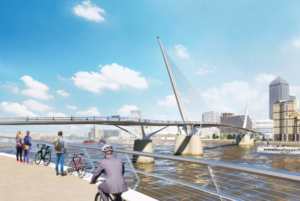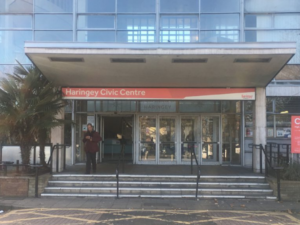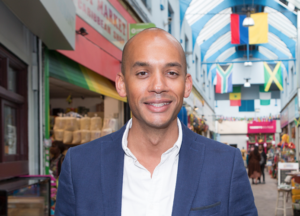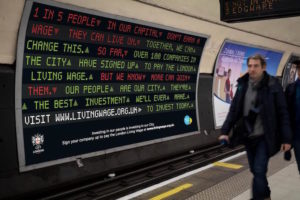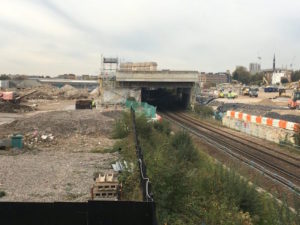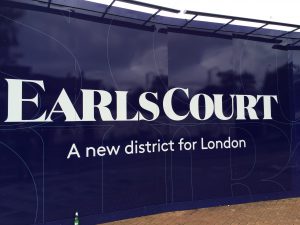Bridges are good for all sorts of obvious reasons, joining up places and boosting job opportunities. The Garden Bridge apparently ticked these boxes, as the 2014 business case put together by Boris Johnson’s Transport for London in support of public funding for the project set out. The bridge
would improve the “pedestrian environment” and tackle the area’s “lack of connectivity” by providing the currently “missing link between Waterloo and Blackfriars bridges for pedestrians.”
The rest, of course, is history; five years on the project is dead, with taxpayers’ footing a £43 million bill and the sorry saga the subject of continuing London Assembly inquiry and calls for a parliamentary probe.
The Garden Bridge was always problematic – no cycling, controlled access, closed at night – and connecting areas which couldn’t be described as top of the list for regeneration. It was an answer to a question no one was asking, according to the Financial Times. “Tourist tat posing as infrastructure in order to siphon off public money?” it asked back in 2014.
Nevertheless it remains the case that London has fewer river bridges than other comparable cities. After a spate of Victorian and early 20th century bridge building and renewal, the only Central London bridges completed this century are the 2002 Millennium Bridge and the Hungerford footbridges. There are 22 bridges west of Tower Bridge and currently only one to the east, where the arguments around connectivity and regeneration are most acute.
Will we see any new bridges any time soon? City Hall has three plans currently progressing. The most advanced river crossing is not a bridge at all, but the twin-bore road tunnel linking Silvertown and the Royal Docks – site of what’s billed as London’s largest regeneration scheme – and the Greenwich peninsula. It is intended to relieve pressure on the Blackwall Tunnel. Transport Secretary Chris Grayling signed off the scheme in May last year and construction could start by the end of this year, despite significant opposition on congestion and air pollution grounds.
Next up are the proposed Rotherhithe to Canary Wharf pedestrian and cycling bridge (pictured), with public consultation to come, and possible Docklands Light Railway and London Overground extensions to Thamesmead Waterfront, where thousands of new homes are planned in a Peabody housing association and Lendlease partnership.
Meanwhile two new pedestrian and cycle bridges to the west are proposed, aiming, like the Garden Bridge, for private funding. The Diamond Jubilee bridge, first mooted in 1924, would span the river between Imperial Wharf and Chelsea Harbour and Oyster Wharf on the east bank, adjacent to the
existing Battersea Railway Bridge. While the proposal is generally supported and planning permissions secured, funding remains uncertain in the absence of City Hall commitment.
Significantly more controversial is Wandsworth Council’s plan for a bridge between Pimlico and Nine Elms, where 20,000 new homes are in the pipeline including the Battersea power station development. The plan has attracted local opposition north and south as well as growing cross-party
concerns about the location and cost. Labour members of the London Assembly have voiced opposition and Westminster Labour councillors launched a petition against the plans this week calling the project “unwanted and unnecessary”. The Mayor isn’t enthusiastic either: “There is no provision in TFL’s business plan for expenditure on this project – nor do I anticipate there will be,” he told the London Assembly in November.
Bridges are complex and costly, and it’s clear that under Mayor Khan City Hall money is going east. Back in 2015 Mayor Johnson set out plans for 13 new river crossings by 2050. How many actually get built any time soon remains to be seen.

